Your Garden is Begging for These Mulch Alternatives (Some are Free!)
I’ve spent a couple of decades with my hands in the dirt, and if there’s one thing that trips people up, it’s mulch. So many folks see it as just a decorative layer of wood bark to make things look tidy. But honestly, that’s like saying a roof is just for looks. A good mulch is a protective blanket for your soil—it defends, nourishes, and supports the entire ecosystem under your plants.
In this article
For the longest time, shredded bark from a bag was the default choice. And look, it works. But it’s far from your only option, and frankly, it’s not always the best. Some of the most effective materials I’ve ever used are ones you can get for free, right from your own property or from local businesses. This isn’t about chasing trends; it’s about understanding what your soil truly craves and picking the right tool for the job. Let’s dig into the pros and cons of some fantastic alternatives I’ve seen work wonders over the years.
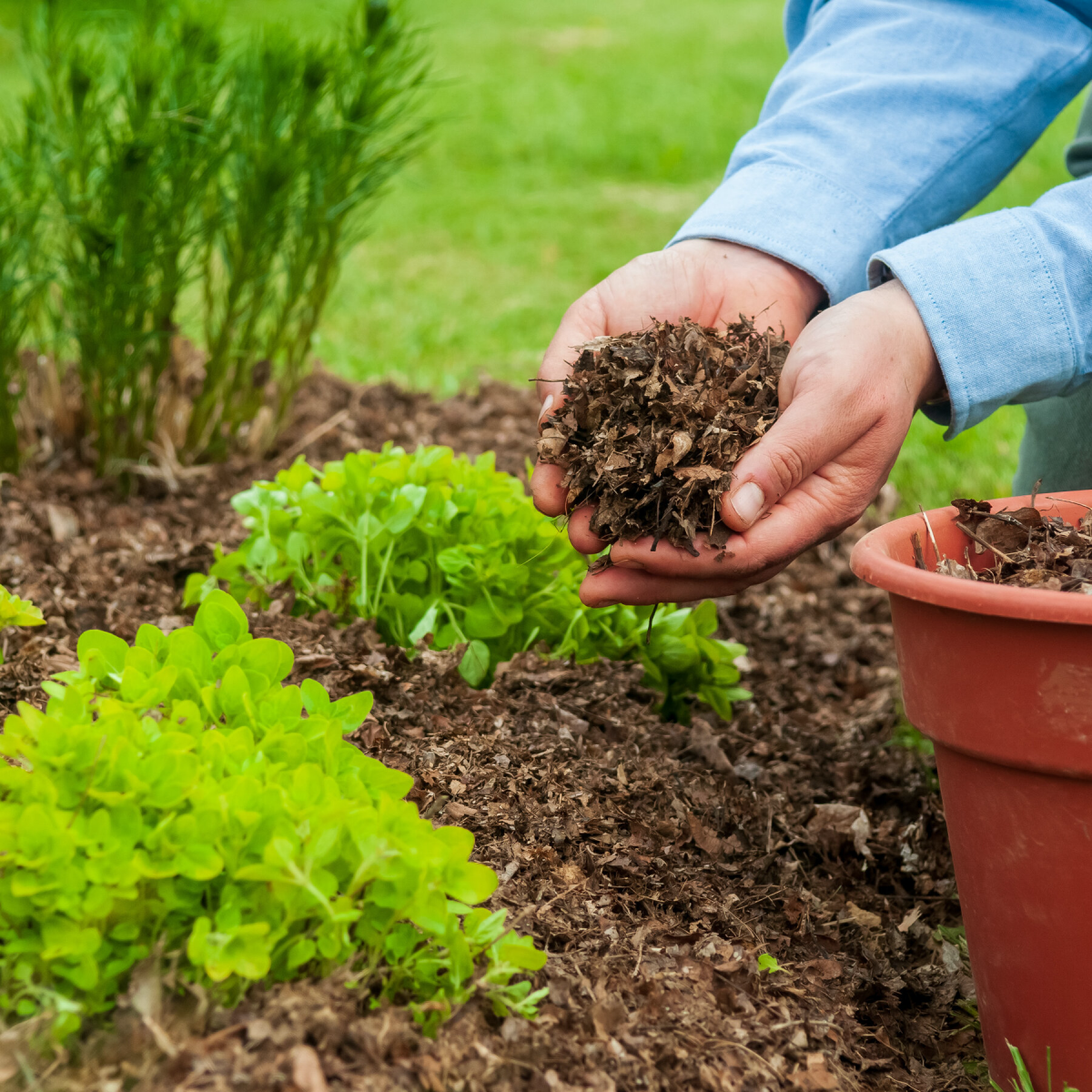
First, What’s Mulch Actually Doing?
Before we start comparing materials, let’s get on the same page. What is this stuff supposed to do? It’s way more than just a pretty ground cover. Knowing the why helps you make smarter choices.
- Moisture Retention: Bare soil is thirsty soil. The sun and wind are constantly sucking water right out of the top layer. I once did a little experiment in a client’s garden during a dry spell, using a simple moisture probe. The bed with a three-inch layer of shredded leaves consistently had 40% more moisture than the identical bare soil bed next to it. Mulch is a physical shield that keeps water where the roots can actually use it.
- Temperature Control: Think of mulch as insulation. On a scorching summer day, bare soil can easily cook plant roots. But under a few inches of wood chips, the soil stays cool and stable. In winter, it does the opposite, preventing the ground from freezing and thawing over and over, which can literally shove new plants right out of the ground. I’ve seen it happen!
- Weed Suppression: This one’s simple: most weed seeds need light to sprout. A solid 2-3 inch layer of mulch is like a blackout curtain. It won’t stop tough perennial weeds with deep roots, but it smothers the annual ones. And for those that do poke through? The loose mulch makes them ridiculously easy to pull.
- Building Better Soil: This is where organic mulches are pure magic. As things like leaves, straw, and wood chips decompose, they feed earthworms, fungi, and all the good microbes. This creates humus—the dark, crumbly stuff that makes soil amazing. It’s a slow-drip fertilizer system that builds incredible soil structure over time, just like in a forest.
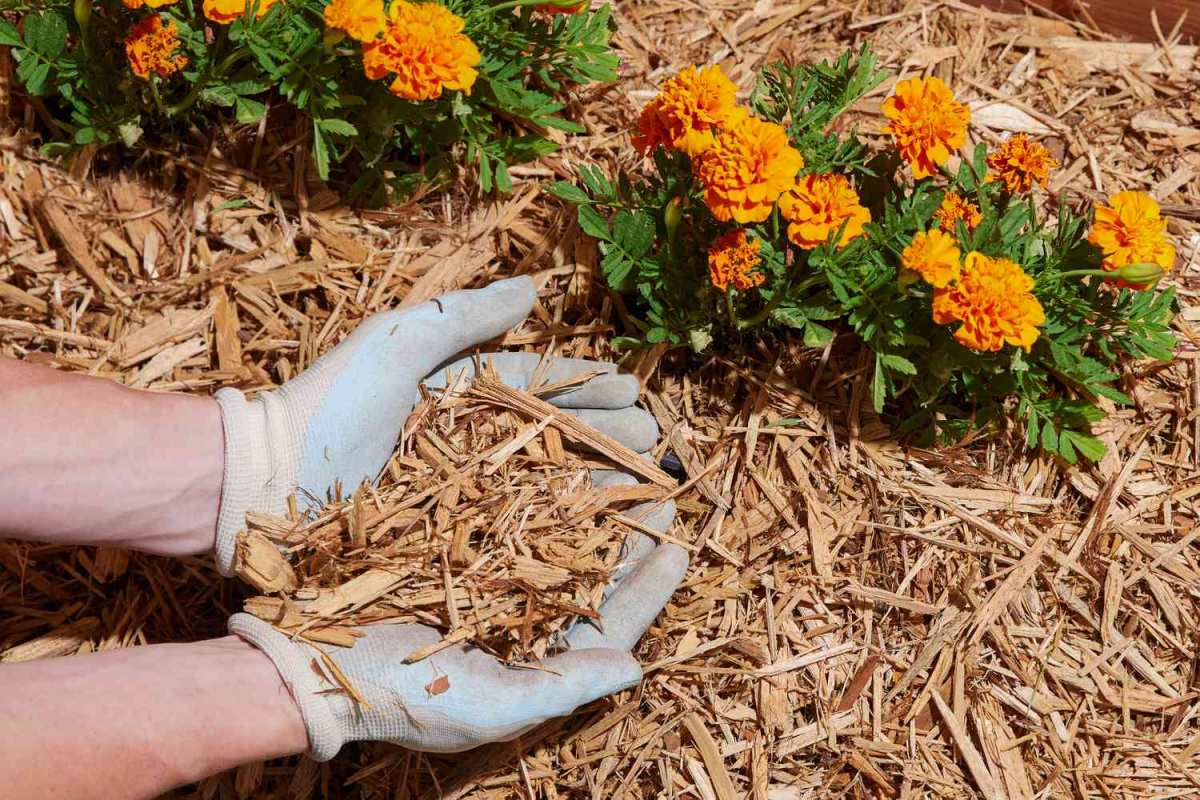
Using What You Already Have (The Free Stuff!)
Seriously, the best mulch is often the one you don’t have to buy. Your yard is probably a mulch factory just waiting to be tapped.
Shredded Leaves
Every autumn, nature drops a pile of what I call “gardener’s gold” right at your feet. Fallen leaves are a phenomenal mulch, but there’s a trick to it. Whole, wet leaves can plaster themselves into a soggy, impenetrable mat that suffocates your soil. I learned that the hard way when I smothered a bed of hostas early in my career.
Pro Tip: The secret is to shred them. You don’t need a fancy machine—just run them over with a lawnmower a few times. This creates a light, fluffy layer that lets air and water through. A 2- to 4-inch layer is perfect for garden beds. As they break down, they create a beautiful, dark leaf mold that earthworms go crazy for.
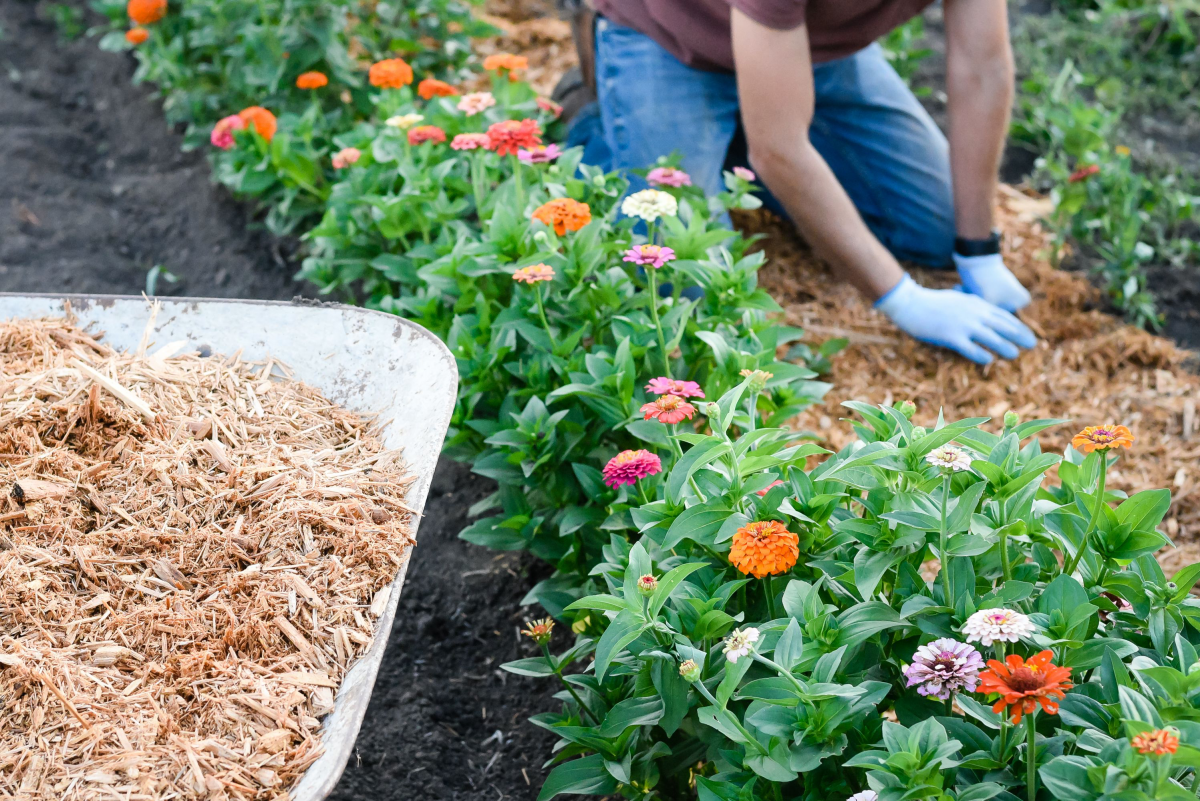
Heads up! Leaves from Black Walnut trees contain a natural chemical that can stop many plants from growing, especially tomatoes and peppers. It’s best to compost those for a full year before they go anywhere near your garden.
Grass Clippings
Another free resource, but you’ve got to be careful. Grass clippings are packed with nitrogen, which means they can get slimy and smelly FAST if you pile them on too thick. It’s a recipe for an anaerobic mess.
How to do it right: The rule is to go thin—no more than a half-inch layer at a time. Let it dry out before adding more. Even better, mix the green grass clippings 50/50 with a ‘brown’ material like shredded leaves or straw. This balances everything out and makes a fantastic, fast-decomposing mulch for a vegetable garden.
CRITICAL SAFETY NOTE: Never, ever use grass clippings from a lawn treated with herbicides. Those chemicals can linger for months and will absolutely decimate your garden plants. I’ve witnessed entire vegetable plots get wiped out by this. If you’re not 100% sure, just don’t risk it.

Sourcing from a Farm or Feed Store
For larger areas, especially vegetable gardens, looking to agricultural sources can be a game-changer.
Straw (Not Hay!)
If you learn one thing today, let it be this: straw and hay are NOT the same. Straw is the dry, hollow stalks of grains left over after harvesting. Hay is dried grass and legumes used for animal feed, and it is absolutely loaded with seeds. Use hay, and you’re basically planting a weed-filled meadow in your garden. I had a client do this once… we spent the whole summer fighting it.
Straw, on the other hand, is perfect for veggie gardens. It’s light, keeps dirt from splashing on your plants, and keeps fruit like melons and strawberries clean. Expect to pay between $8 and $15 for a compressed bale, which covers a surprisingly large area. Apply it thick, about 4 to 6 inches, as it settles. It usually breaks down in one season, enriching the soil just in time for next year.
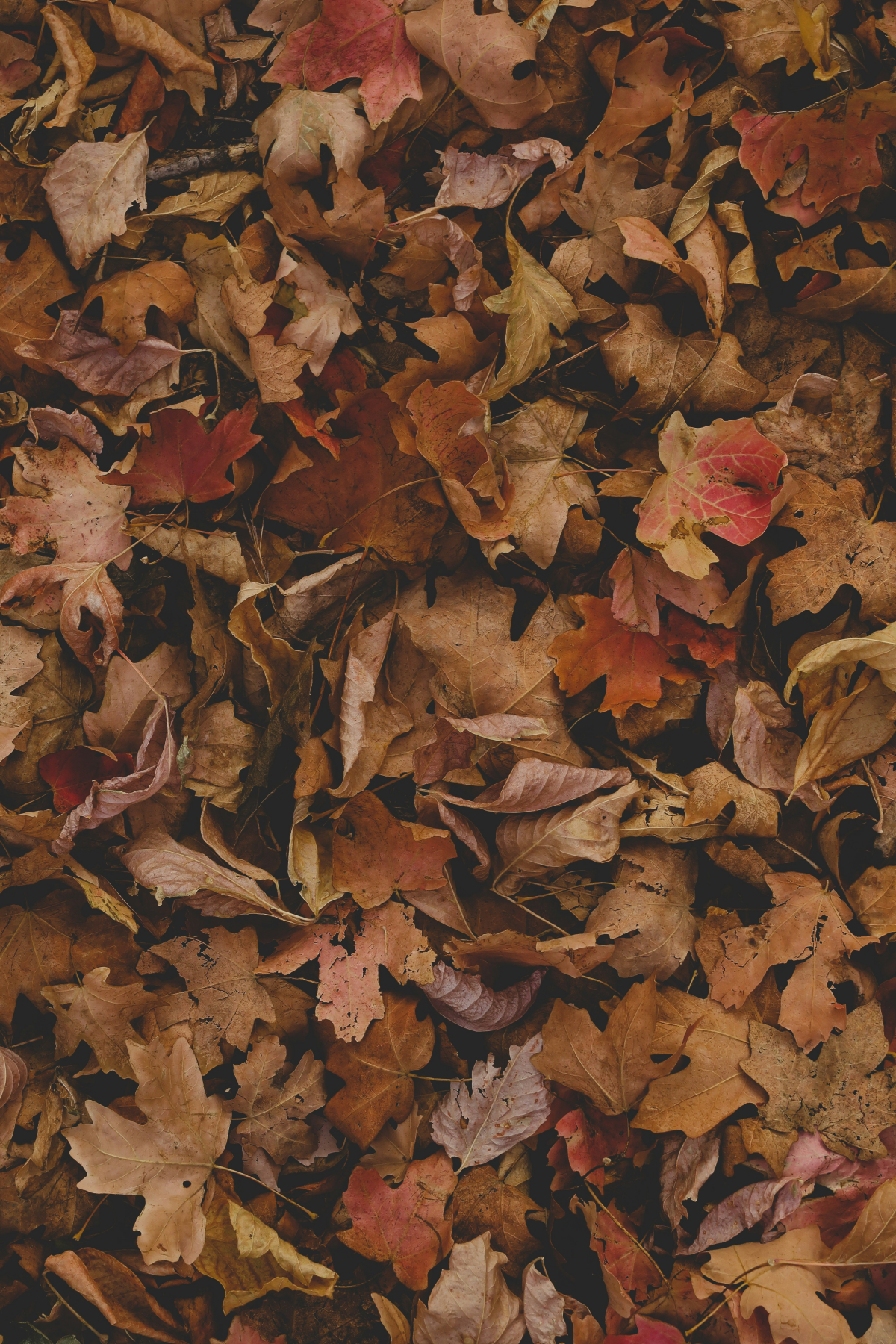
Pine Needles (Pine Straw)
In areas with lots of pine trees, pine straw is a fantastic and attractive mulch. It has a lovely reddish-brown color and a fine texture. And by the way, the myth that it will make your soil super acidic? Mostly untrue. While fresh needles are acidic, their effect on soil pH as they break down is tiny and very slow. They’re a great choice for acid-loving plants like blueberries and azaleas, but they won’t hurt anything else.
Their best feature? Pine needles interlock as they settle, which means they stay put on slopes and don’t wash away in heavy rain. A 3- to 4-inch layer is ideal. A quick heads-up for those in dry climates: pine straw can be flammable, so check local fire-wise guidelines. Many recommend keeping it at least 30 feet from your home.
The Long-Lasting Workhorses
For more permanent plantings like shrub borders or around trees, you want something that sticks around for a while.
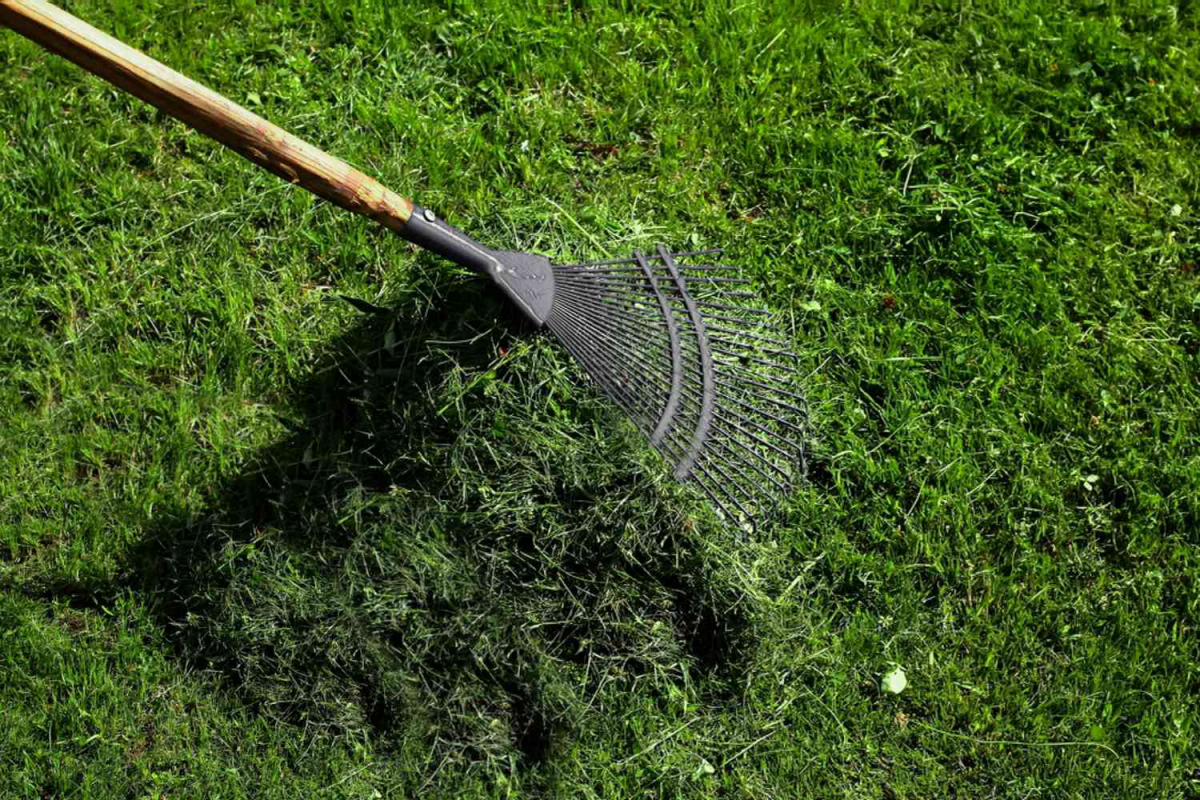
Arborist Wood Chips
This is my absolute favorite mulch, hands down. I’m not talking about the uniform, dyed bark nuggets from the big box store. I mean the real stuff you get from a tree service—a mix of wood, bark, and leaves. This diversity creates a paradise for beneficial fungi that are essential for tree and shrub health.
The best part? It’s often free. Tree companies have to pay to dump their chips, so they’re often thrilled to drop a truckload at your house. Check out a service called ChipDrop to connect with local arborists. A load is usually huge, so make sure you have the space!
People often worry about wood chips stealing nitrogen from the soil. This only happens in a paper-thin layer where the wood and soil meet. For deep-rooted shrubs and trees, it’s a total non-issue. Just don’t till fresh chips into your soil.
Cardboard (Sheet Mulching)
Okay, this isn’t a top-layer mulch, but a secret weapon for creating a new garden bed right on top of your lawn with zero digging. I’ve used this method for years.
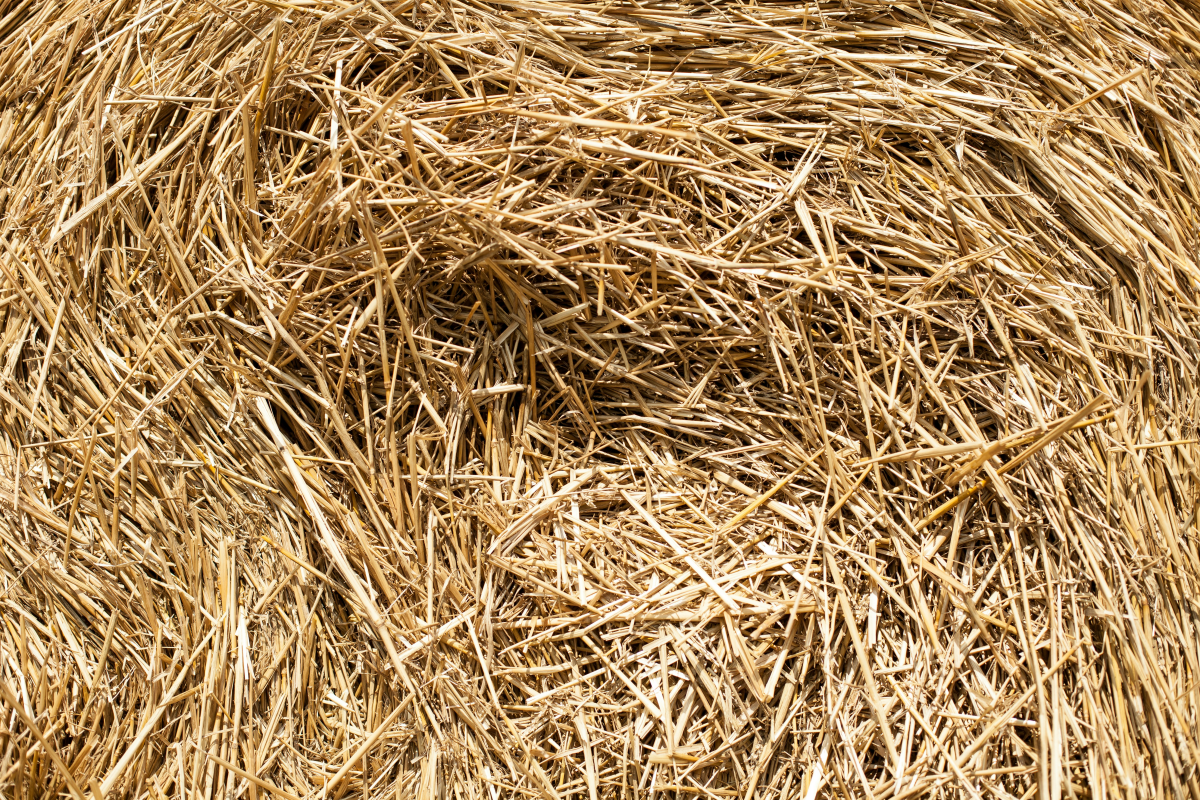
Here’s how you do it: 1. Prep: Get plain brown cardboard boxes and remove all the plastic tape and glossy labels. Most modern cardboard uses safe, starch-based glues and soy inks. 2. Layer: Lay the cardboard directly on the grass, overlapping the edges by at least 6 inches so no light gets through. No gaps! 3. Soak: Wet the cardboard thoroughly. This helps it conform to the ground and starts the decomposition process. 4. Cover: Top the wet cardboard with 3-4 inches of another mulch, like compost, shredded leaves, or wood chips. That’s it! The cardboard will smother the grass and slowly break down, while worms come up from below and till the soil for you.
How to Choose the Right Mulch for You
Okay, let’s pull this all together. There’s no single “best” option, so here’s a quick-and-dirty guide to picking the right one based on your goals.
For a New Veggie Garden (or Annual Beds): Straw
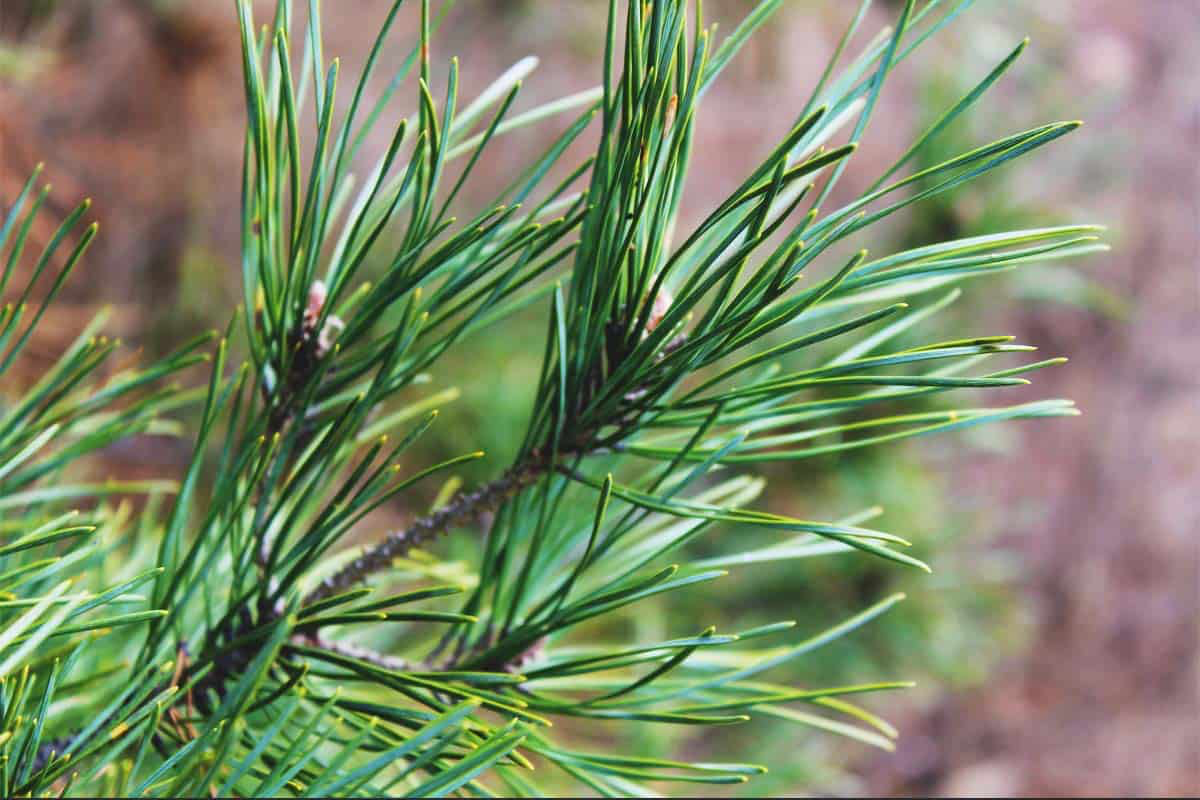
- Cost: Budget-friendly. Around $8-$15 a bale.
- Lifespan: One season. You’ll need to reapply it every year.
- Best For: Keeping produce clean, retaining moisture, and breaking down quickly to enrich the soil for next year’s planting.
For Low-Maintenance Shrub & Tree Beds: Arborist Wood Chips
- Cost: Often free! Check with local tree services or ChipDrop.
- Lifespan: Long-lasting. You might only need to top it up every 2-4 years.
- Best For: Building incredible, fungus-rich soil for permanent plantings like trees, shrubs, and perennial flowers.
For a Quick, Free Soil Boost: Shredded Leaves & Grass Clippings
- Cost: Totally free. You make it yourself.
- Lifespan: Fast breakdown. A mix of the two will last a season.
- Best For: A quick, nutrient-rich top-dressing for any garden bed. It’s the ultimate recycling program.
A quick tip on quantity: Wondering how much to buy? A standard 2 cubic foot bag of mulch covers about 12 square feet with a 2-inch layer. So, for a 10×10 foot bed (100 sq ft), you’d need about 8 bags to get the job done right.
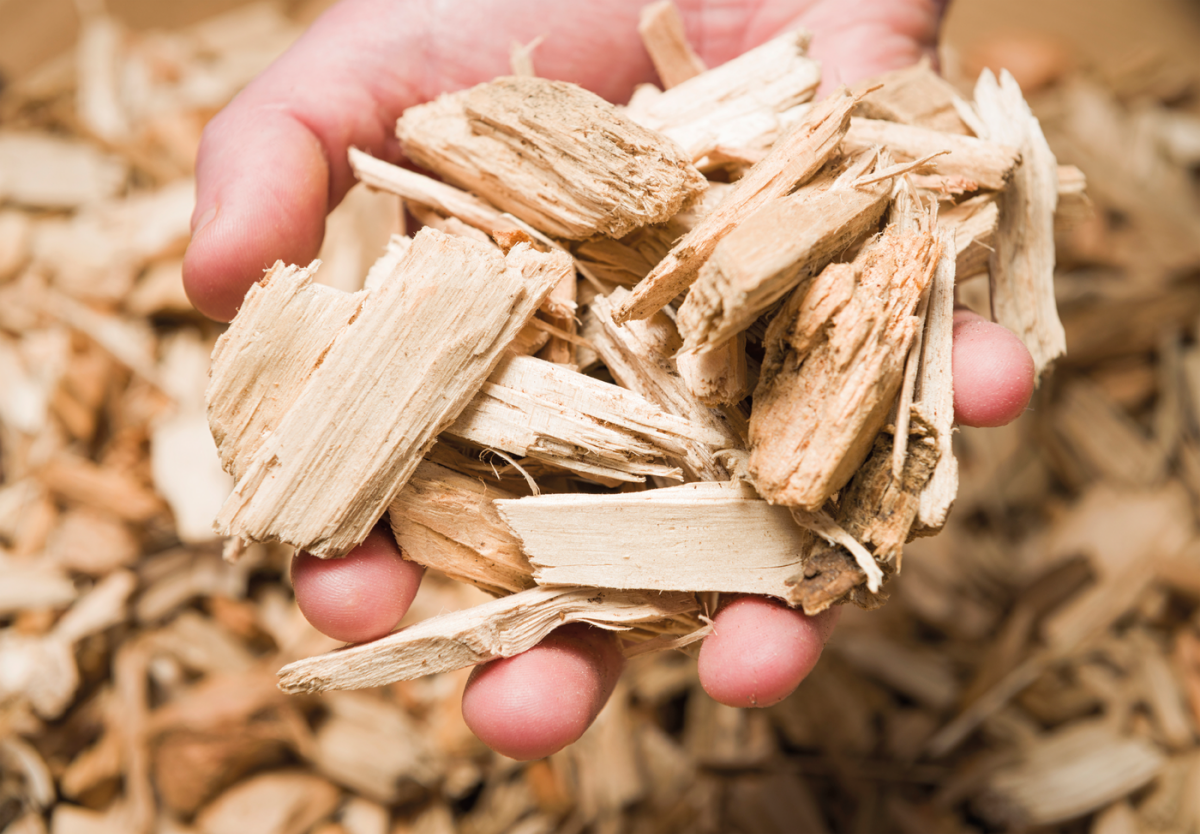
Top 3 Mulching Mistakes to Avoid
From my experience, almost every mulching disaster comes down to one of these three things:
- The Dreaded “Mulch Volcano”: Piling mulch up against the trunks of trees or the stems of plants. This traps moisture against the bark, inviting rot and disease. Always pull mulch back a few inches to create a small donut-hole of space.
- Piling it Against Your House: Any organic mulch piled against your foundation can provide a hidden bridge for termites and other pests to enter your home. Always maintain a 6-inch gap between your mulch and your home’s siding.
- Using Hay Instead of Straw: A classic beginner’s mistake! You’ll spend your entire summer pulling up the thousands of seeds you just spread all over your beautiful garden. Always ask for STRAW.
A Final Word on a Few… Controversial Choices
You’ll see other options out there, and I feel I have to mention them.
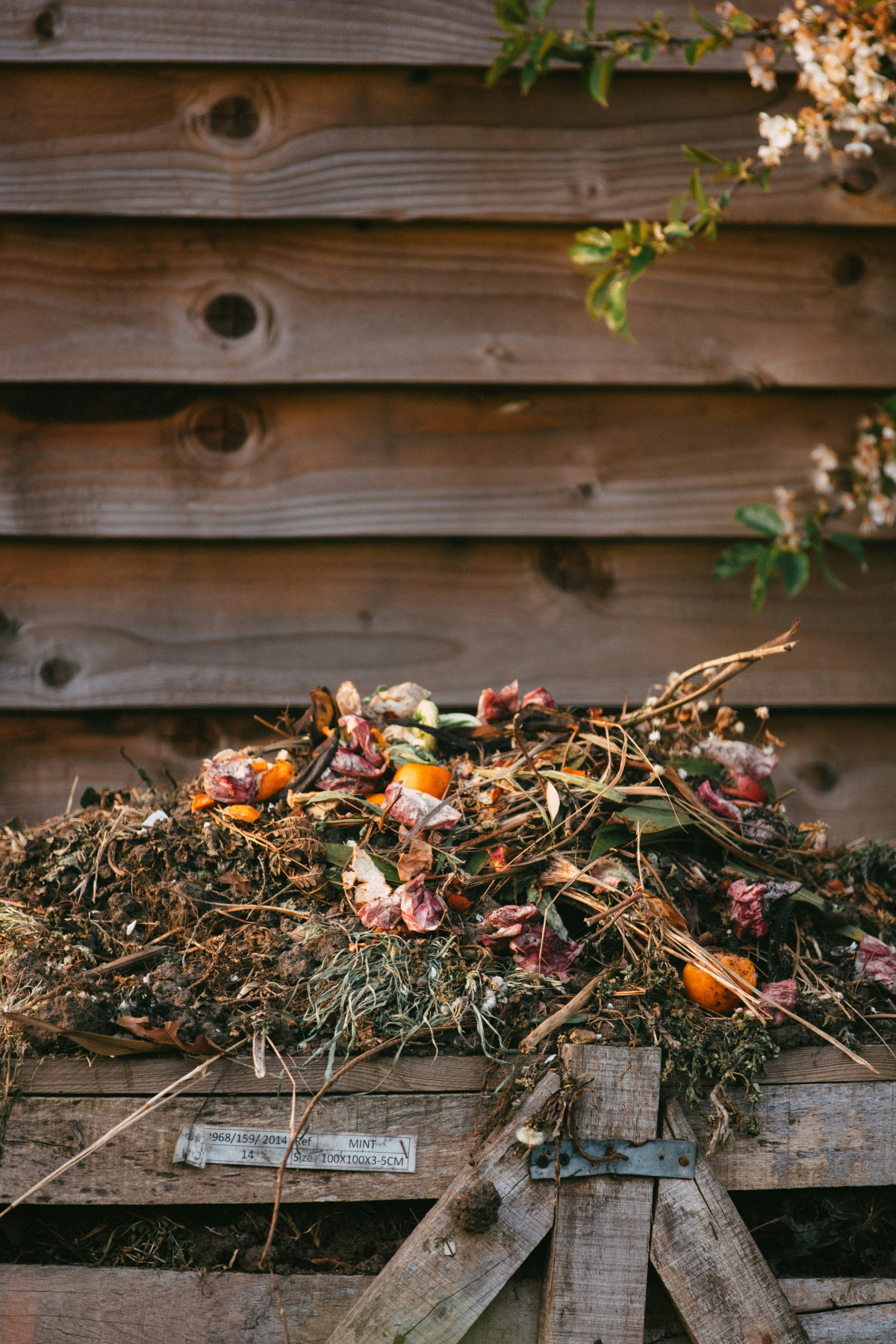
Gravel or Pebbles: Stone can look sharp and modern, but I usually advise against it in planting beds. It gets hot, it’s a nightmare to weed, and if you ever change your mind, removing it is back-breaking labor. A better idea? Use gravel for your pathways, and then a nice organic mulch like pine straw in the beds themselves. You get the look without the headache.
Rubber Mulch: Just… don’t. It’s often marketed for playgrounds, but for gardens, it’s a bad idea. It can leach chemicals into your soil as it breaks down in the sun and does absolutely nothing to improve soil health.
Cocoa Hulls: These smell amazing and look great, but they contain theobromine, which is toxic to dogs. If you have a furry friend, this one is an absolute no-go. It’s not worth the risk.
So, there you have it. The key is to look at your garden, think about your goals, and choose the material that fits. The world of mulch is so much bigger than a plastic bag of bark.
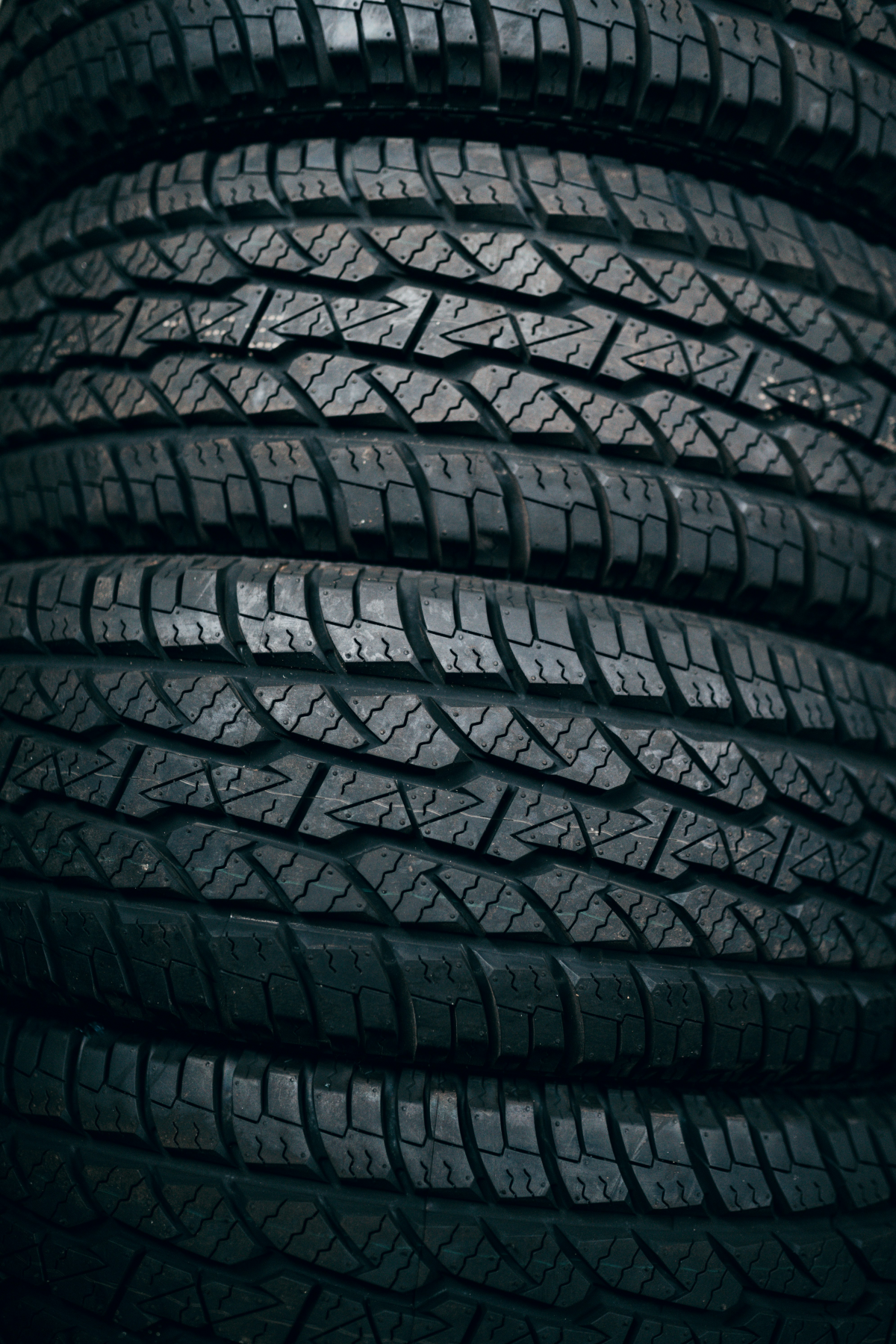
Your challenge this week: Find one small area in your yard and try one of these alternatives. Shred some leaves. Lay down some cardboard to plan a new flower bed. Just start. You’ll be building healthier soil, growing stronger plants, and creating a more resilient garden without spending a fortune.
Galerie d’inspiration


Did you know that a single teaspoon of healthy soil can contain up to a billion bacteria and several yards of fungal filaments?
This is the underground workforce your garden relies on. You can feed them directly using a “chop-and-drop” method with specific plants. Dynamic accumulators like comfrey or borage are grown near your beds, then cut down and left on the soil surface to decompose. They act as a living, self-fertilizing mulch, releasing valuable nutrients and building rich humus that constantly nourishes the microbial life below.
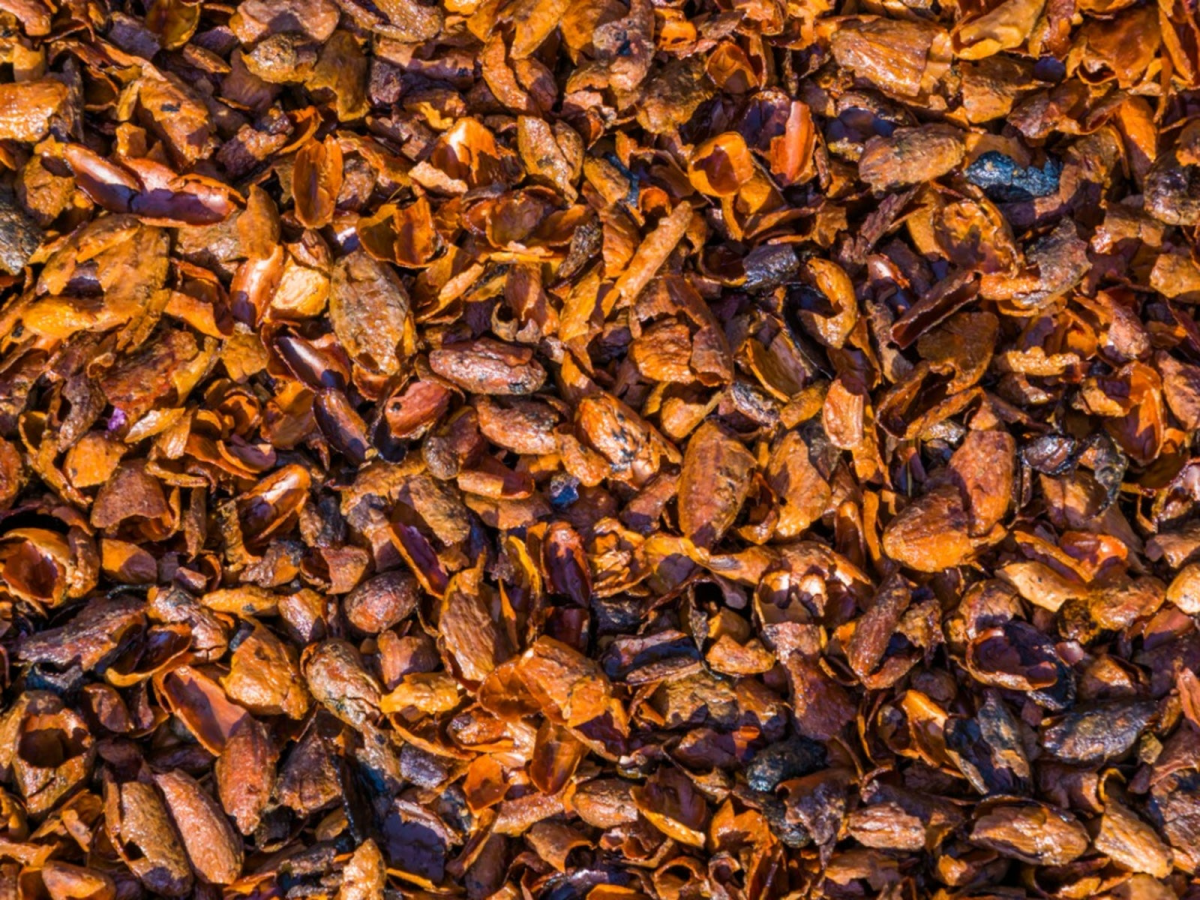
Cocoa Bean Hulls: Famous for their rich, chocolatey aroma and fine, dark texture. They’re lightweight, excellent for weed suppression, and break down into valuable organic matter. However, they can be toxic to dogs if ingested in large quantities, so pet owners must be cautious.
Pine Straw (Pine Needles): A fantastic choice for acid-loving plants like azaleas, rhododendrons, and blueberries. The long needles from brands like USA Pine Straw interlock to stay in place, even on slopes, and decompose slowly. It’s a classic, effective mulch in many regions.
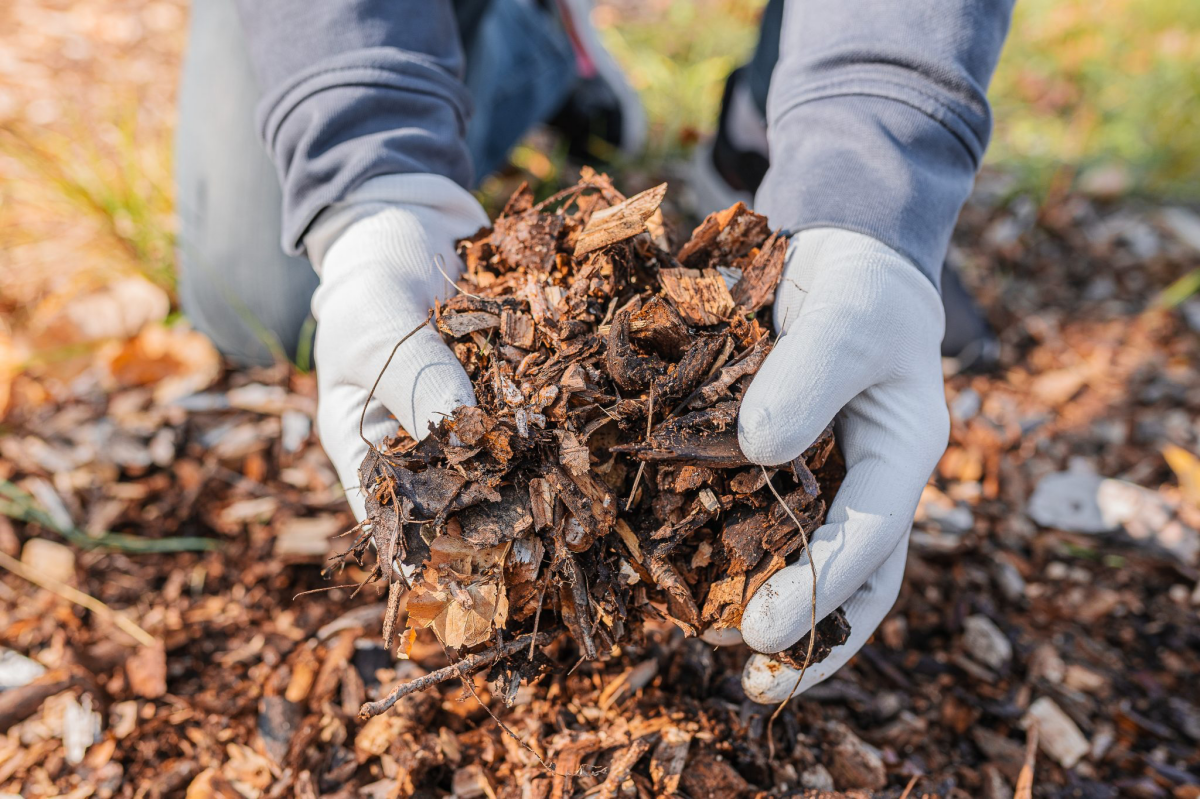
Is it possible to overdo it with mulch?
Absolutely. While a 2-3 inch layer is the gold standard, avoid the dreaded
For a sharp, contemporary look, consider moving beyond organic materials. A clean bed of dark river stones or crisp pea gravel creates a stunning, permanent contrast with green foliage. These inorganic options are perfect for minimalist designs, highlighting architectural plants like yuccas, or for use in areas around succulents that prefer drier, leaner soil conditions.










